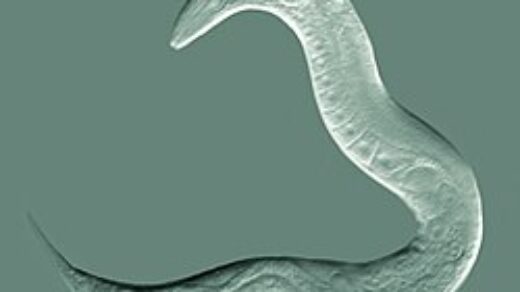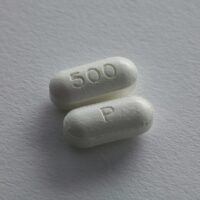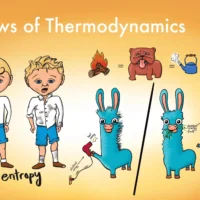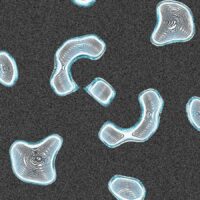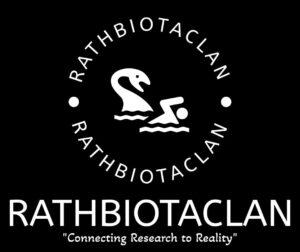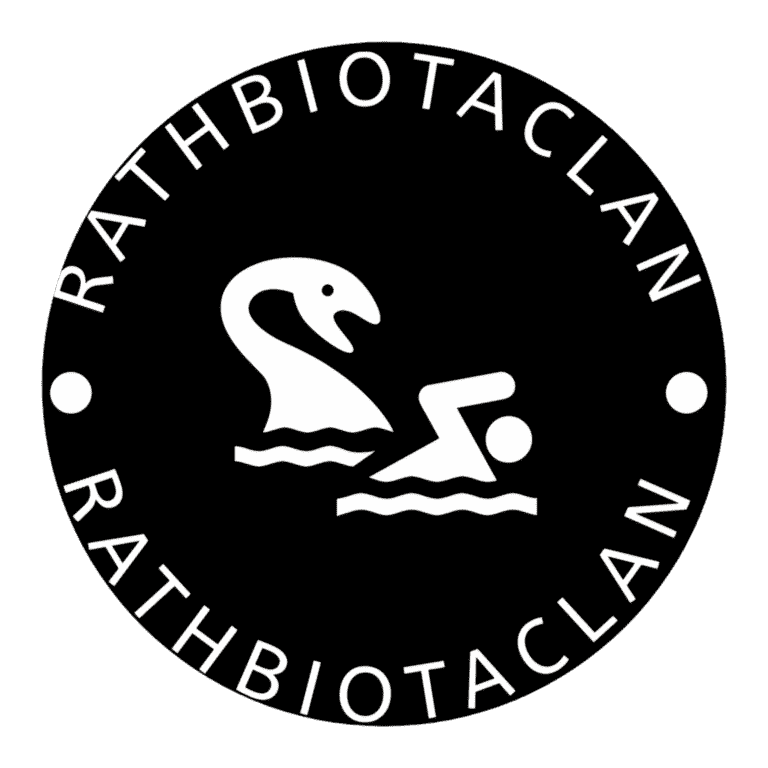Recently, the treatment of lung cancer has been revolutionized by the use of immune checkpoint inhibitors, drugs that allow the body’s immune system to “see” the cancer cells and destroy them. These drugs block certain “checkpoint” proteins that cancer cells use to evade the immune system. There are two main classes of checkpoint proteins targeted in lung cancer therapy: PD-1/PD-L1 and CTLA-4, each playing distinct roles in immunoregulation.
Key Takeaways
- Immune checkpoint inhibitors enhance immune response against cancer.
- PD-1/PD-L1 and CTLA-4 are critical targets in therapy.
- Monitoring side effects is essential for patient safety.
PD-1/PD-L1 Inhibitors
PD-1 (Programmed Death-1) is an immune checkpoint protein that is expressed on T cells and plays a crucial role in regulating the immune response by inhibiting T cell activation, thus preventing autoimmune reactions. PD-L1 (Programmed Death-Ligand 1) is a protein that cancer cells sometimes express to “turn off” T cells and avoid an immune response.
PD-1/PD-L1 inhibitors block these proteins, essentially “turning the immune system back on” to fight the cancer.
Notable Drugs and Their Mechanisms
These drugs specifically target PD-1 on T cells. By inhibiting PD-1, they remove the brakes from the immune system, enabling T cells to recognize and destroy lung cancer cells, especially in non-small cell lung cancer (NSCLC).
- Atezolizumab (Tecentriq) and Durvalumab (Imfinzi): These drugs work on PD-L1 expressing tumor and immune cells. Blocking PD-L1 enhances immune response, allowing T cells to attack cancer cells. Atezolizumab is available as IV infusion or a subcutaneous injection (Tecentriq Hybreza), usually given every 3 weeks.
Applications in Treatment
PD-1/PD-L1 inhibitors are used at various stages of NSCLC treatment. PD-L1 expression and genetic mutations help decide whether to use them alone or with chemotherapy or CTLA-4 inhibitors, especially in advanced or metastatic cases. These drugs are typically administered via IV infusion every 2–3 weeks.
Potential Side Effects
Common Side Effects: Fatigue, cough, nausea, skin rash, joint pain, anorexia, constipation, diarrhea.
Serious Reactions: Infusion reactions (fever, chills, dizziness, rash, difficulty breathing).
Autoimmune Side Effects: These drugs can cause the immune system to attack healthy organs (lungs, liver, intestines, etc.). Any symptoms must be reported immediately. Treatment may include corticosteroids or therapy discontinuation.
CTLA-4 Inhibitors
CTLA-4 (Cytotoxic T-Lymphocyte Antigen 4) regulates T-cell activity. CTLA-4 inhibitors boost immune response by blocking this protein and are usually used alongside PD-1 inhibitors in NSCLC.
Notable Drugs and Their Mechanisms
- Ipilimumab (Yervoy) and Tremelimumab (Imjudo): These inhibit CTLA-4 to strengthen immune response. They’re often combined with PD-1 inhibitors (ipilimumab + nivolumab, tremelimumab + durvalumab) and sometimes with chemotherapy. Administered via IV infusion every 3–6 weeks.
Applications in Treatment
Used in advanced NSCLC cases, these combinations offer a more comprehensive checkpoint blockade, increasing treatment efficacy.
Potential Side Effects
Common: Fatigue, diarrhea, rash, itching, abdominal pain.
Serious: Infusion reactions (fever, chills, dizziness, rash, wheezing).
Autoimmune: Can cause severe inflammatory or autoimmune conditions affecting liver, intestines, endocrine glands, nervous system, eyes, or skin.
The Importance of Side Effect Management
While immune checkpoint inhibitors are powerful, managing their side effects is essential. Early detection and treatment of immune-related side effects (often with corticosteroids) can prevent severe complications. Patients must report new symptoms immediately.
Future Directions for Checkpoint Inhibitors
Research continues to refine immune checkpoint therapies. Clinical trials are exploring combinations, sequencing, and biomarkers to improve personalized treatment. Immunotherapy is the forefront of lung cancer care, offering hope for longer and healthier lives.
Resource Overview: Immune Checkpoint Inhibitors for Lung Cancer
Revolutionary Immunotherapy Breakthrough for Lung Cancer Treatment
Immune checkpoint inhibitors help the immune system attack cancer by blocking evasion proteins on tumor cells.
🔗 Read More – National Cancer Institute
PD-1/PD-L1 Inhibitors in Lung Cancer Treatment
PD-1/PD-L1 inhibitors block immune checkpoints used by cancer cells to avoid destruction.
🔗 ASCO Resource
🔗 NCI Resource
CTLA-4 Inhibitors in Lung Cancer Treatment
CTLA-4 inhibitors boost immune response and are used with PD-1 inhibitors for enhanced results.
🔗 Read More – ASCO
Immunotherapy for Non-Small Cell Lung Cancer (NSCLC)
Checkpoint inhibitors are especially effective in treating NSCLC.
🔗 NCI on NSCLC Immunotherapy
Side Effects of Checkpoint Inhibitors
Checkpoint inhibitors may cause immune-related or infusion side effects.
🔗 NCI Side Effect Info
Advancements in Lung Cancer Immunotherapy
Ongoing advancements and clinical trials aim to improve outcomes with checkpoint inhibitors.
🔗 Explore Research – ASCO
Atezolizumab and Durvalumab in Lung Cancer
These PD-L1 inhibitors are widely used in lung cancer therapy.
🔗 Details at NCI
Combination Immunotherapy for NSCLC
Combining checkpoint inhibitors enhances treatment response in advanced NSCLC cases.
🔗 Read More – NCI
Checkpoint Inhibitors Side Effect Management
Effective side effect monitoring is vital for safe immunotherapy.
🔗 Management Guide – NCI
🔗 ASCO Info
Future of Immunotherapy in Lung Cancer Treatment
The future is bright with emerging research and personalized strategies for lung cancer immunotherapy.
🔗 Stay Informed – ASCO






